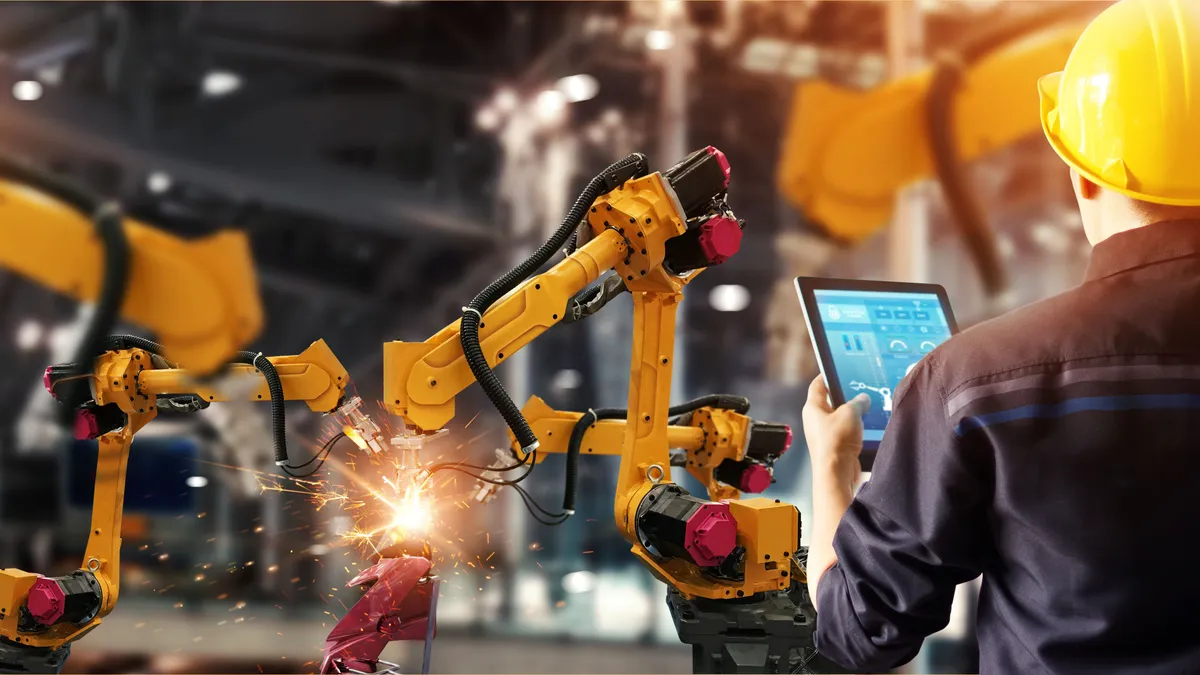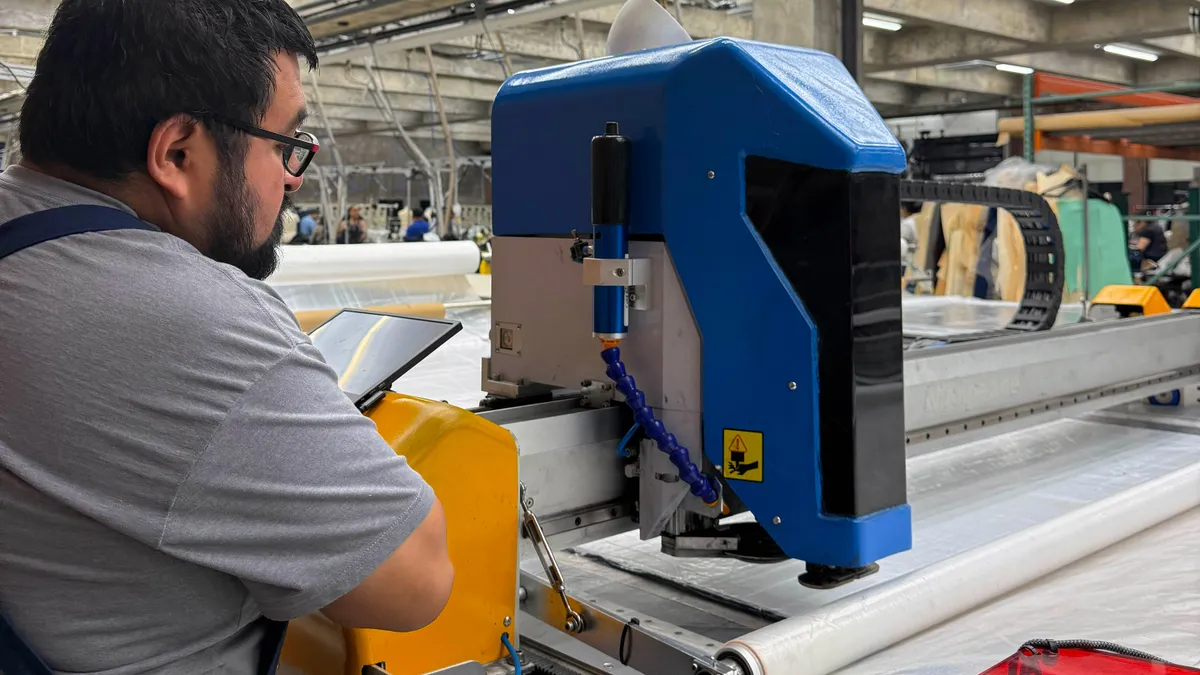Jerry Gootee is the EY global advanced manufacturing sector leader and Ernst & Young LLP global coordinating service partner on several global accounts in the sector. Opinions are the author’s own.
Companies that manufacture physical products — from kitchen gadgets to toys and everything in between — are under intense pressure on every front. From a product standpoint, they are being pushed to incorporate smart and connected capabilities, which sometimes requires completely reinventing their trademark offerings. At the same time, they are racing to digitize their own operations and establish efficient supply chains to meet the demands of customers who expected their purchase to arrive yesterday.
All this is happening in a market environment where new disruptions emerge every week, from supply chain breakdowns and geopolitical upheaval to enhanced sustainability disclosure requirements and the demands of one of the tightest labor markets in the past century.
Put together, these factors have contributed to a major reinvention of one of the oldest industries in the world. Manufacturing, like many other mature industries, has relied for years on analog processes and forces of habit built up over decades, but old playbooks will simply not be sufficient. Companies have to chart out how they will change their manufacturing processes or risk irrelevance.
Fortunately, technologies like digital twins, artificial intelligence and machine learning hold immense potential for manufacturers to revolutionize their processes and simultaneously enhance their product and service portfolios. But where should companies begin?

1. Start small
With so many challenges to address, manufacturers are planning major changes across their organizations and supply chains. For example, gathering, analyzing and monetizing data from a new connected product, and effectively understanding and managing its implications, can be an immense undertaking.
Considering the significant impact of such changes across the entire enterprise, manufacturers should prioritize small-scale experimentation, adopting a lean, internal startup-style approach.
In addition to ongoing innovation in physical products, investing in dedicated teams to explore both internal and external infrastructure and capabilities becomes crucial to support the full lifecycle of any new product or business model change. Leveraging focused, agile teams enables manufacturers to continuously find out what works and what doesn’t, creating a longer journey out of small steps.
2. Use rapid prototyping
From the building blocks of small-scale innovation comes the practice of rapid prototyping. This practice is an efficient way for manufacturers to bring ideas to life quickly and demonstrate what innovations — in both physical products and digital offerings — are must-haves.
Having the ability to make tangible iterations at an accelerated pace is important for assessing features and costs among the backdrop of changing customer demands and competition.
3. Employ a future-back approach
Companies should reframe their manufacturing approach to start with the end in mind and work backward from there. It is crucial to define and assess what tomorrow may hold and predict future scenarios, including market conditions, customer needs and geopolitical concerns to lay out the groundwork of how to respond to what’s potentially on the horizon.
While thinking about the future, manufacturing companies must also perform an extensive and transparent analysis of their current capabilities and processes to fully comprehend what aspects of that framework will play an important role in imminent competition.
4. Identify key ecosystem partners vs. internal priorities
As manufacturers advance their innovations, they must decide between seeking ecosystem partners that will enhance their capabilities or developing those same capabilities internally.
Manufacturers whose future offerings depend on secure data sharing and analysis on a large scale may find it more efficient and seamless to partner with technology providers for a straighter route to market. However, there are risks to consider when choosing a partner, as doing so will also open the door for the potential of an expensive failure.
Manufacturers exploring business model innovation can also look to ecosystem partners in sectors outside of technology. For instance, future mobility business models might involve close collaboration among OEMs, energy, infrastructure and insurance firms. When establishing new relationships with potential commercial partners, manufacturing leaders should actively define their organization's positioning and contributions to ensure equitable distribution of value within the partnership.
5. Understand the urgency of change
In the face of mounting disruptions, manufacturers must urgently transform their approaches to stay competitive. Merely reacting with short-term solutions will not suffice for comprehensive, enterprise-wide change.
To embrace the appropriate path forward, manufacturers should ask themselves critical questions surrounding the future evolution of their product portfolio, how they are addressing consumer demands and experiences, ways to entice and incentivize workforce talent, how to leverage emerging technologies to future-proof supply chains and how to reinvent the current business model to spur profitability and innovation.
Decades ago, communication was changed forever by the advent of the cellphone and the internet. The manufacturing industry stands on the cusp of change on a similar scale and it will take every ounce of creativity and ingenuity for companies to succeed.



















